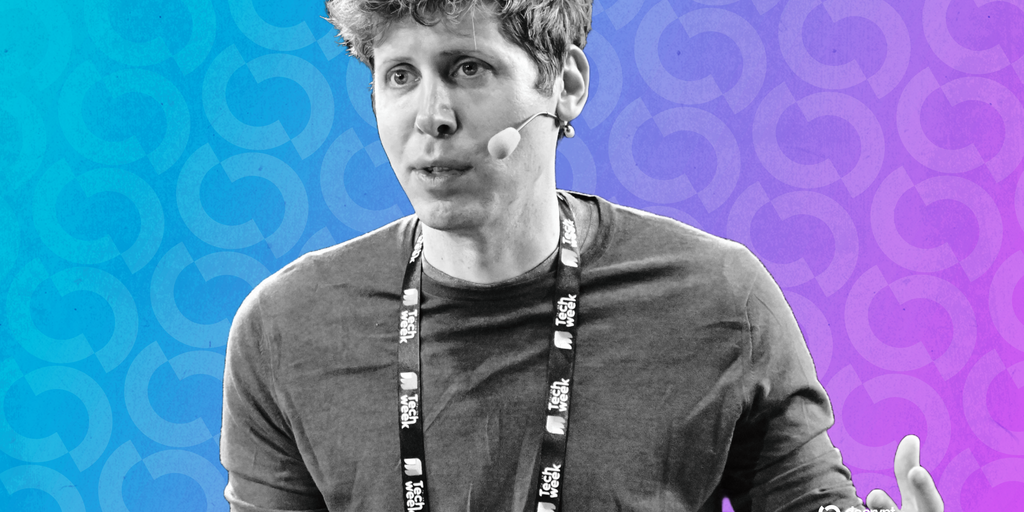
Summary
- Altman acknowledged that OpenAI “messed up” the GPT-5 launch due to criticism over the replacement of the popular GPT-4o.
- Feedback indicated that GPT-5 felt more detached and less friendly than its predecessors. OpenAI has reinstated access to GPT-4o for paid users.
- Altman stated that GPT-6 needs to convey a personal touch without taking advantage of users, although GPU shortages are hindering OpenAI’s progress.
Following the negative feedback on GPT-5’s rollout, Sam Altman, CEO of OpenAI, conceded that the company “messed up,” and emphasized that the feedback is influencing the next iteration of ChatGPT.
During a private dinner with journalists in San Francisco, initially reported by The Verge, Altman recognized that the launch of GPT-5 upset many of ChatGPT’s vast user base.
“I think we completely did some things wrong during the rollout,” he stated.
The issue arose from OpenAI replacing ChatGPT’s default “4o” model, admired for its engaging and warm conversational style, with GPT-5. Reactions on Reddit and X were immediate, with numerous users threatening to terminate their ChatGPT subscriptions. In response to the criticism, OpenAI released an update to reinstate 4o for its paying users.
“I believe we’ve learned a crucial lesson about upgrading a product for hundreds of millions of individuals in one fell swoop,” Altman remarked, describing the retraction as a lesson learned.
When Users Bond with AI
One takeaway from the launch of GPT-5 is that individuals develop emotional connections with AI, he noted. Users mentioned that the new model felt colder, more robotic, and less nurturing compared to its predecessor. Following the phase-out of GPT-4o, certain Reddit users even claimed the upgrade “destroyed” their AI companions.
In spite of the uproar on subreddits such as r/MyBoyfriendisAI, r/AISoulmates, and r/AIRelationships, Altman estimated that less than 1% of ChatGPT users maintain “unhealthy attachments” to the bot, but affirmed that the company is closely monitoring the situation.
“There are individuals who truly felt like they shared a bond with ChatGPT,” Altman remarked. “In contrast, there are hundreds of millions of users who did not, yet became accustomed to how it interacted, validated them, and provided support.”
The upcoming challenge for GPT-6, as Altman suggested, will be to ensure the system feels personal without taking advantage of vulnerable users.
Progressing Towards GPT-6
While GPT-5 is still being rolled out, Altman indicated that OpenAI is already planning for the future, mentioning that the gap between GPT-5 and 6 would be considerably shorter than that between GPT-4 and 5. However, Altman acknowledged that GPU capacity could affect that timeline.
“We possess superior models, yet we’re unable to provide them due to capacity issues,” Altman conceded, citing a shortage of GPUs, the critical chips necessary for executing large AI systems. He noted that addressing this would require OpenAI to invest “trillions of dollars in data center construction in the near future.”
Altman also took the opportunity to outline a broader vision for OpenAI, including support for a brain-computer interface startup to compete with Elon Musk’s Neuralink. He also mentioned the possibility of entering the increasing bidding competition for Google Chrome.
OpenAI is collaborating with Jony Ive, the former design chief at Apple, on a yet-to-be-released AI device.
Despite the rocky beginnings of GPT-5, ChatGPT’s user base has expanded significantly, now exceeding 700 million weekly users, up from four times its size a year ago. Nevertheless, Altman cautioned about a potential AI bubble forming in the sector.
“Are we in an era where investors collectively are overly enthusiastic about AI? In my view, yes,” he stated. “Is AI poised to be the most significant development in a long time? I believe that to be true as well.”
Intelligent Newsletter
A weekly exploration of AI narrated by Gen, a generative AI model.

